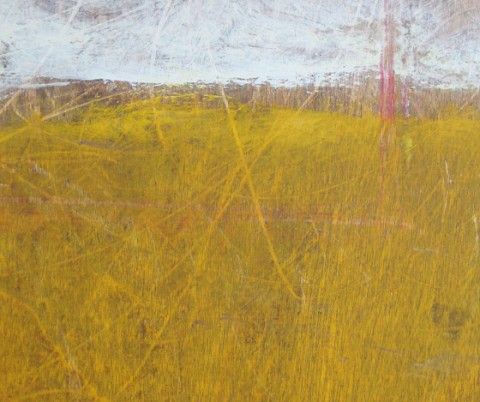Still dying badly: A Christian critique

Sometime around 1965 people became aware that the experience of dying in America was often made worse by medical experts. People began to complain that dying had been "medicalized," that it had been made a medical rather than a human event, that too often people died lingering deaths, alone in a hospital, surrounded by technological apparatus and the experts who knew how to use it rather than by family and friends who knew them.
But then, as at least one story goes—a story frequently told in the literature on bioethics—in 1976 Karen Quinlan's parents won their legal battle for the right to remove the respirator that was keeping Karen alive with no prospect of recovery. Subsequent court cases reinforced this right to refuse treatment. Those victories prompted reform of end-of-life care as patients wrested control over their dying away from doctors. Court decisions and subsequent public policy authorized advance directives in order to give decision making back to the patients or their representatives and honored refusals of treatment. By the last decade of the 20th century the needed reform had been accomplished, signaled by the U.S. Supreme Court's ruling concerning Nancy Cruzan—which reaffirmed the right to refuse life-sustaining treatment, including artificial nutrition and hydration—and also by the national Patient Self-Determination Act. Now people were able to die well.
There is some truth to that story about death and dying in America, but not enough to allow us to be satisfied with it. It is true that the courts and public policy have underscored the rights of patients to refuse life-sustaining treatments and have allocated decision-making power decisively to patients and their delegated agents. But one may ask whether this emphasis on autonomy and control has really remedied medicalized dying or helped people to die well.




